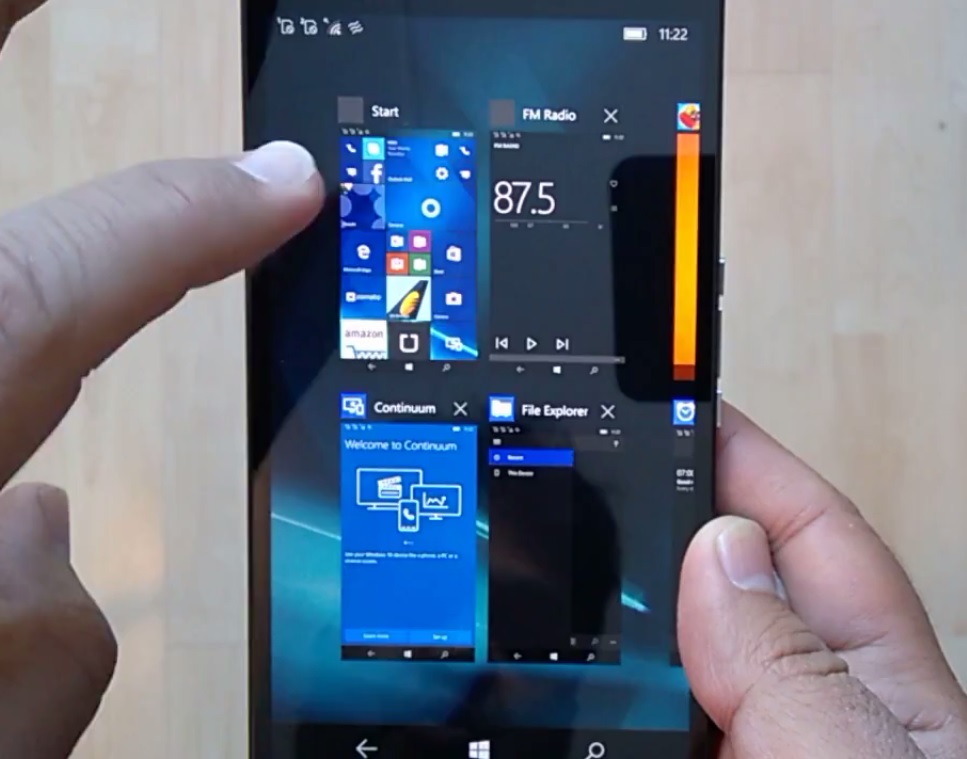Microsoft has pushed a new Windows 10 Mobile Redstone Build, Build 14283.1000 to Insiders in Fast Ring and rocking a new devices shipped with Windows 10 Mobile. You can read the official changelog for the Build 14283.1000 by clicking here. This build also brings its own share of known issues that will be wise to have a look at before taking the plunge.
Build 14283.1000 Known Issues:
- We have updated the Bluetooth AVRCP profile on mobile to version 1.5. Some cars only tell Windows what they support and vice versa during the initial pairing ceremony. In order for this update to take full effect, you need to delete your existing Bluetooth pairing with your car and then re-pair. After doing so, if you notice any issues using media playback controls or missing artist or track info, please file a new feedback item including your car’s make, model, and year.
- If you have a Microsoft Band 1 or 2 paired to your phone, it will no longer sync after updating to this build due to a system API failure that occurs after the update. If you want to get your Band syncing with your phone again – you can temporarily change the language of your phone as a short term workaround until we release a fix. Additionally, you can also choose to reset your phone to get out of this state – however you may experience this update issue again with the next build until we fix this issue. This issue may also impact Skype video and audio calls.
- We are investigating an issue where the Gadgets app is not able to detect the Microsoft Display Dock on phones running Windows 10 Mobile Insider Preview builds, and thus cannot update the firmware version. If you have a dock which has already been updated to version 4 then this will not affect you. If you have a dock that has not been updated, then you may experience some minor issues with USB-C stability.
- Connectivity to older Wi-Fi networks using the WEP encryption security method may be broken. WEP is an insecure method for protecting your Wi-Fi connection but a small percentage of Windows users still use it. A workaround would be to configure your wireless routers to use WPA or WPA2 or wait for the next Insider flight when this is fixed.
